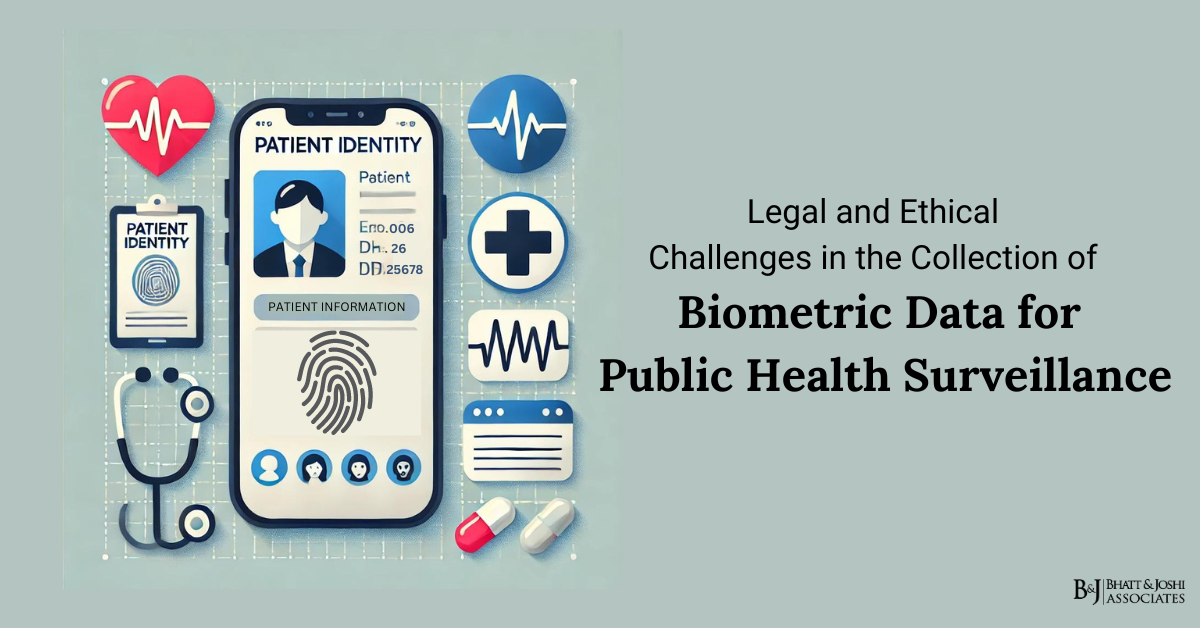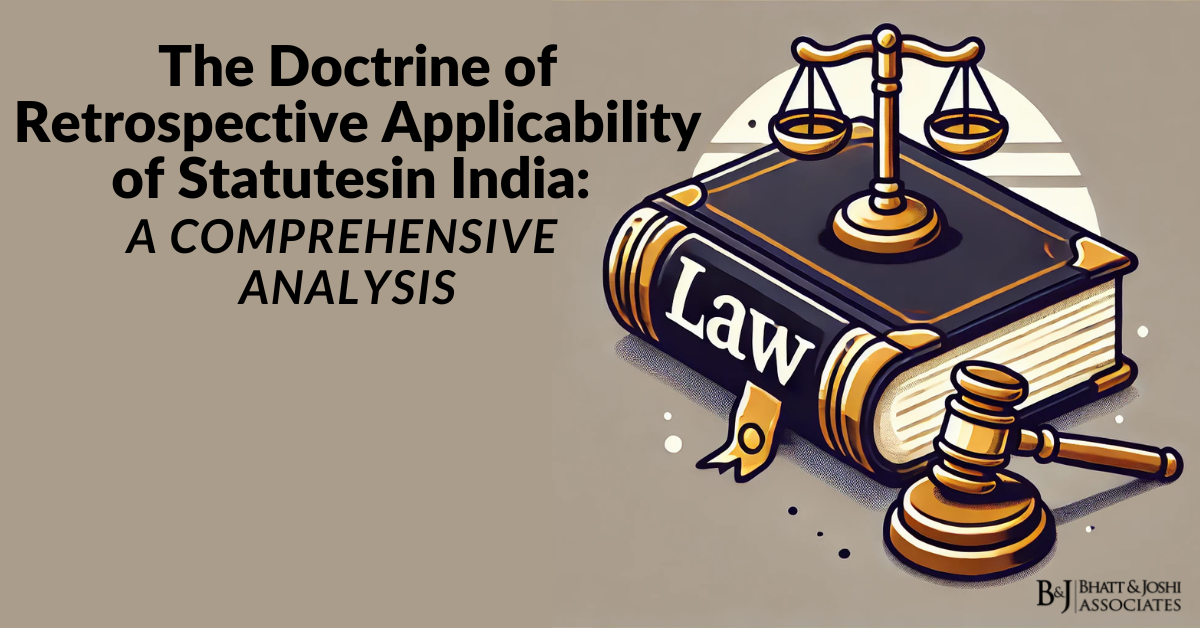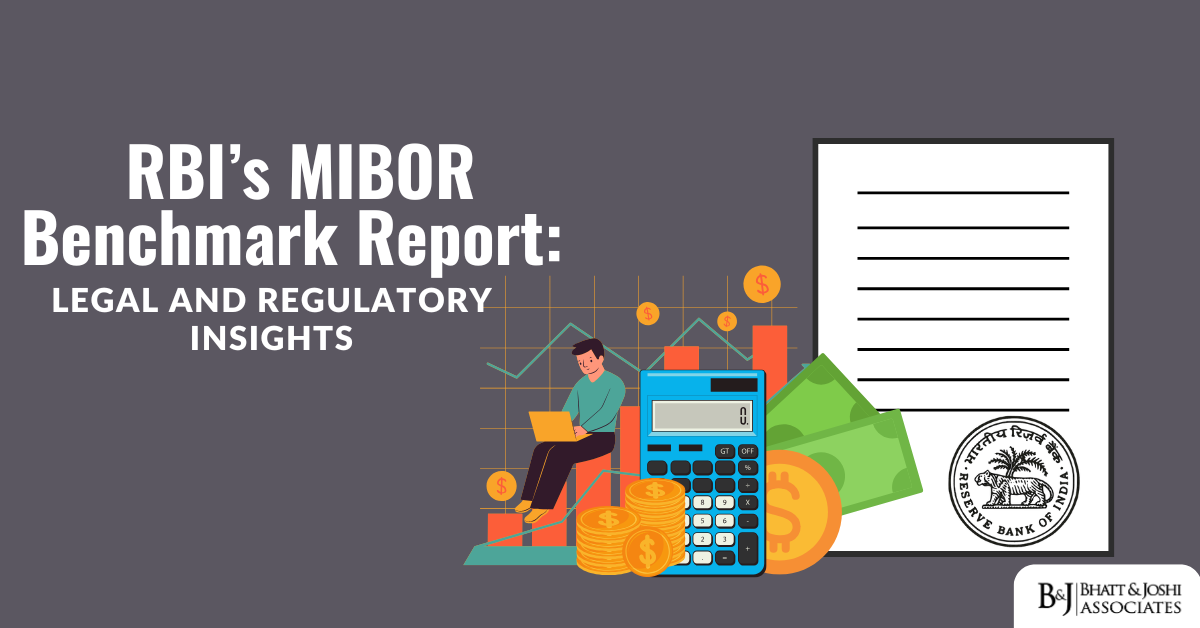Introduction
The collection of biometric data for public health surveillance has become increasingly significant, particularly in the wake of global health crises such as the COVID-19 pandemic. Biometric technologies, including facial recognition, temperature scanning, and digital health passports, have been deployed to monitor and manage public health on an unprecedented scale. These technologies have the potential to enhance the effectiveness of public health measures by enabling real-time monitoring of individuals, tracking the spread of diseases, and facilitating contact tracing.
However, the use of biometric data in public health surveillance raises profound legal and ethical challenges. These challenges include concerns about privacy, data protection, consent, discrimination, and the potential for abuse. The collection and use of sensitive biometric data, such as facial images, fingerprints, and health-related metrics, require careful consideration of the legal frameworks that govern data protection and individual rights. Moreover, the ethical implications of biometric surveillance in public health contexts necessitate a balanced approach that safeguards public health while protecting civil liberties.
This article provides an in-depth analysis of the legal and ethical challenges associated with the collection of biometric data for public health surveillance. It examines the regulatory frameworks that govern the use of biometric data in public health, explores the potential risks to individual rights, and considers the ethical principles that should guide the deployment of biometric technologies in public health settings.
The Role of Biometric Data in Public Health Surveillance
Biometric data plays a crucial role in modern public health surveillance, offering the ability to monitor and manage health risks more effectively. During the COVID-19 pandemic, for example, biometric technologies were used to implement various public health measures, such as contactless temperature checks, facial recognition for monitoring quarantine compliance, and the use of digital health passports to verify vaccination status.
The advantages of using biometric data in public health surveillance are clear. Biometric technologies can provide accurate and reliable data that is essential for tracking the spread of infectious diseases, identifying individuals at risk, and ensuring compliance with public health measures. For example, thermal imaging cameras can detect elevated body temperatures, potentially identifying individuals with fevers—a common symptom of infectious diseases like COVID-19. Similarly, facial recognition technology can be used to monitor individuals who are required to quarantine or isolate, ensuring that they comply with public health directives.
Biometric data can also facilitate the efficient implementation of public health initiatives. Digital health passports, which store biometric information such as facial images and vaccination records, can streamline the process of verifying individuals’ health status, reducing the need for physical documentation and minimizing the risk of fraud. These technologies can be particularly useful in contexts such as international travel, where quick and accurate verification of health credentials is essential.
However, the collection and use of biometric data in public health surveillance also pose significant risks to individual privacy and civil liberties. The sensitive nature of biometric data, combined with the potential for misuse or abuse, raises important legal and ethical questions that must be carefully considered.
Legal Frameworks Governing the Collection of Biometric Data in Public Health
The collection and use of biometric data for public health surveillance are governed by a complex web of legal frameworks, which vary across jurisdictions. These frameworks include data protection laws, public health regulations, and human rights protections, each of which plays a role in determining the legality of biometric surveillance practices.
Data Protection Laws for Biometric Data Collection in Public Health
Data protection laws are central to the regulation of biometric data collection in public health contexts. Biometric data is often classified as “sensitive” or “special category” data under data protection laws, meaning that its collection and processing are subject to stricter legal requirements than other types of personal data.
In the European Union, the General Data Protection Regulation (GDPR) provides a comprehensive legal framework for the protection of personal data, including biometric data. Under the GDPR, biometric data is considered a special category of personal data, which can only be processed under specific conditions, such as with the explicit consent of the data subject or when necessary for reasons of substantial public interest, such as public health.
The GDPR also imposes strict requirements on data controllers, including public health authorities, to ensure that biometric data is processed in a manner that respects the rights of individuals. This includes obligations to implement appropriate technical and organizational measures to protect biometric data, such as encryption and access controls, as well as requirements to conduct data protection impact assessments (DPIAs) when processing biometric data is likely to result in a high risk to the rights and freedoms of individuals.
In the United States, the legal framework for the collection of biometric data in public health surveillance is more fragmented, with a combination of federal and state laws governing its use. At the federal level, the Health Insurance Portability and Accountability Act (HIPAA) provides protections for certain types of health-related data, including biometric data. However, HIPAA applies primarily to healthcare providers, insurers, and other covered entities, and does not extend to all forms of biometric data collection in public health contexts.
Several states in the U.S. have enacted their own biometric data protection laws, such as Illinois’ Biometric Information Privacy Act (BIPA), which imposes strict requirements on the collection, use, and storage of biometric data, including obtaining informed consent and providing notice of the purpose and duration of data collection. However, these state laws vary significantly in scope and application, leading to a patchwork of regulations that can create legal uncertainties for public health authorities.
Public Health Regulations
Public health regulations also play a critical role in determining the legality of biometric data collection for public health purposes. These regulations often provide the legal basis for public health authorities to collect and use biometric data in response to public health emergencies, such as pandemics or outbreaks of infectious diseases.
For example, during the COVID-19 pandemic, many countries enacted emergency public health measures that authorized the collection of biometric data, such as temperature checks and contact tracing, as part of their efforts to contain the spread of the virus. These measures were often justified on the grounds of public health necessity and were subject to oversight by public health authorities and, in some cases, judicial review.
However, the use of emergency powers to collect biometric data raises important legal questions about proportionality, necessity, and the protection of individual rights. Public health regulations must strike a balance between the need to protect public health and the obligation to respect the rights and freedoms of individuals. This requires careful consideration of the scope and duration of biometric surveillance measures, as well as the availability of less intrusive alternatives.
Human Rights Protections
Human rights protections are another key consideration in the collection of biometric data for public health surveillance. The right to privacy, enshrined in international human rights instruments such as the Universal Declaration of Human Rights (Article 12) and the International Covenant on Civil and Political Rights (Article 17), is particularly relevant in this context.
The collection and use of biometric data for public health purposes must be conducted in a manner that respects individuals’ privacy rights and does not result in arbitrary or disproportionate intrusions into their private lives. This requires public health authorities to demonstrate that biometric data collection is necessary for achieving legitimate public health objectives, that it is proportionate to the risks posed by the public health threat, and that it is conducted with appropriate safeguards to protect individuals’ rights.
In addition to privacy, other human rights may also be implicated by the collection of biometric data in public health surveillance. For example, the right to non-discrimination, the right to freedom of movement, and the right to health are all relevant considerations when assessing the legality and ethical implications of biometric surveillance measures. Public health authorities must ensure that biometric data collection does not result in discrimination or stigmatization of certain groups, that it does not unduly restrict individuals’ freedom of movement, and that it contributes to the overall protection and promotion of public health.
Challenges and Risks Associated with Biometric Data Collection in Public Health
The collection of biometric data for public health surveillance presents several challenges and risks that must be carefully managed to ensure that public health objectives are achieved without compromising individual rights and freedoms.
Privacy and Data Protection Risks
One of the most significant risks associated with the collection of biometric data for public health surveillance is the potential for privacy violations and data breaches. Biometric data is highly sensitive, and its collection, storage, and use must be carefully controlled to prevent unauthorized access, misuse, or disclosure.
Public health authorities must implement robust security measures to protect biometric data, including encryption, secure storage solutions, and access controls. However, the large-scale collection of biometric data, particularly in emergency situations, can increase the risk of data breaches, as well as the potential for data to be used for purposes other than those originally intended.
The risk of “function creep”—the gradual expansion of the use of biometric data beyond its initial purpose—is a particular concern in the context of public health surveillance. For example, biometric data collected for the purpose of monitoring and managing a public health crisis could later be used for unrelated purposes, such as law enforcement or immigration control, without the knowledge or consent of the individuals concerned. This raises important questions about the scope and limitations of biometric data collection and the need for clear legal frameworks to prevent the misuse of data.
Consent and Autonomy
The issue of consent is central to the ethical challenges associated with the collection of biometric data for public health surveillance. Informed consent is a fundamental principle of data protection law, requiring that individuals be fully informed about the purpose, scope, and implications of data collection, and that they voluntarily agree to the processing of their data.
However, obtaining meaningful consent in the context of public health surveillance can be challenging, particularly in situations where there is a perceived or actual power imbalance between public health authorities and individuals. For example, individuals may feel pressured to provide their biometric data in order to access essential services, such as healthcare or travel, or they may be required to consent to data collection as a condition of employment or education.
The use of biometric data in public health surveillance also raises questions about the voluntariness of consent. In emergency situations, such as a pandemic, individuals may feel compelled to provide their biometric data in order to comply with public health directives, such as quarantine or vaccination requirements. This can create a situation where consent is not truly voluntary, raising ethical concerns about the autonomy of individuals and their ability to make informed decisions about their own health and privacy.
Discrimination and Inequality
The collection of biometric data for public health surveillance also has the potential to exacerbate existing inequalities and discrimination. Biometric technologies, such as facial recognition, have been shown to exhibit biases based on race, gender, and other characteristics, which can lead to disproportionate impacts on certain groups.
For example, facial recognition technology has been found to have higher error rates when identifying individuals with darker skin tones, women, and other marginalized groups. In the context of public health surveillance, this could result in certain groups being unfairly targeted or subjected to increased scrutiny, leading to discrimination and stigmatization.
Additionally, the deployment of biometric surveillance measures may disproportionately affect vulnerable populations, such as migrants, refugees, or low-income communities, who may have limited access to resources or legal protections. Public health authorities must be vigilant in ensuring that biometric data collection does not result in discriminatory outcomes and that it is conducted in a manner that is fair and equitable.
Surveillance and the Erosion of Civil Liberties
The use of biometric data for public health surveillance raises broader concerns about the potential erosion of civil liberties and the normalization of surveillance. The deployment of biometric technologies in public health contexts can create a precedent for the use of these technologies in other areas of public life, leading to the expansion of surveillance practices and the blurring of boundaries between public health and law enforcement.
For example, the use of facial recognition technology to monitor quarantine compliance during a public health crisis could pave the way for the use of the same technology for other forms of surveillance, such as monitoring protests or tracking individuals in public spaces. This raises important questions about the long-term implications of biometric surveillance for civil liberties and the potential for the abuse of power by authorities.
To address these concerns, it is essential that public health surveillance measures are subject to strict legal and ethical oversight, including clear limitations on the scope and duration of biometric data collection, as well as safeguards to protect against the misuse of data. Public health authorities must also be transparent about the use of biometric data and engage with the public and civil society organizations to ensure that surveillance measures are aligned with societal values and expectations.
Ethical Principles for the Collection of Biometric Data in Public Health
The collection of biometric data for public health surveillance must be guided by ethical principles that balance the need to protect public health with the obligation to respect individual rights and freedoms. These principles include the principles of necessity and proportionality, the principle of transparency, the principle of non-discrimination, and the principle of accountability.
Necessity and Proportionality
The principles of necessity and proportionality are fundamental to the ethical use of biometric data in public health surveillance. The collection of biometric data must be necessary to achieve a legitimate public health objective, and it must be proportionate to the risks posed by the public health threat. This requires public health authorities to carefully assess the need for biometric data collection, considering whether less intrusive alternatives are available and whether the benefits of data collection outweigh the potential risks to individual rights.
For example, in the context of a pandemic, public health authorities may need to collect biometric data, such as temperature readings or vaccination records, to monitor the spread of the disease and ensure compliance with public health measures. However, the scope and duration of data collection should be limited to what is strictly necessary to achieve these objectives, and the data should be securely stored and deleted once it is no longer needed.
Transparency
Transparency is essential to building public trust in the collection of biometric data for public health surveillance. Public health authorities must be transparent about the purpose, scope, and implications of biometric data collection, providing clear and accessible information to individuals about how their data will be used, who will have access to it, and what measures are in place to protect their privacy.
Transparency also requires public health authorities to engage with the public and civil society organizations in the development and implementation of biometric surveillance measures. This may include conducting public consultations, publishing impact assessments, and providing regular updates on the use of biometric data in public health contexts.
Non-Discrimination
The principle of non-discrimination is critical to ensuring that biometric data collection in public health surveillance is conducted in a fair and equitable manner. Public health authorities must ensure that biometric surveillance measures do not disproportionately impact certain groups, such as racial or ethnic minorities, women, or vulnerable populations.
This requires careful consideration of the potential biases and inequalities associated with biometric technologies, as well as the implementation of safeguards to mitigate these risks. Public health authorities should also ensure that biometric data collection is conducted in a manner that respects the dignity and rights of all individuals, regardless of their background or circumstances.
Accountability
Accountability is essential to ensuring that public health authorities are held responsible for the collection and use of biometric data in public health surveillance. This requires the establishment of clear legal and ethical frameworks that define the roles and responsibilities of public health authorities, as well as mechanisms for oversight and redress.
Accountability also requires public health authorities to be transparent about their decision-making processes and to provide individuals with access to effective remedies if their rights are violated. This may include the right to access and correct their biometric data, the right to be informed about data breaches, and the right to seek legal redress if their data is misused.
Conclusion: Balancing Privacy and Public Health in Biometric Data Collection
The collection of biometric data for public health surveillance presents both significant opportunities and profound challenges. While biometric technologies offer the potential to enhance the effectiveness of public health measures and improve the management of health risks, their use also raises complex legal and ethical questions that must be carefully navigated.
The legal frameworks governing the collection of biometric data in public health contexts are diverse and complex, encompassing data protection laws, public health regulations, and human rights protections. Public health authorities must ensure that their use of biometric data complies with these legal requirements and that it is conducted in a manner that respects individual rights and freedoms.
At the same time, the ethical challenges associated with biometric surveillance in public health contexts require a balanced approach that safeguards public health while protecting civil liberties. The principles of necessity and proportionality, transparency, non-discrimination, and accountability should guide the collection and use of biometric data, ensuring that public health measures are both effective and respectful of human dignity.
As biometric technologies continue to evolve and become more integrated into public health practices, it is essential that legal and ethical considerations remain at the forefront of discussions about the future of public health surveillance. By striking the right balance between public health and individual rights, we can harness the benefits of biometric data while safeguarding the fundamental rights and freedoms that are the cornerstone of democratic societies.














